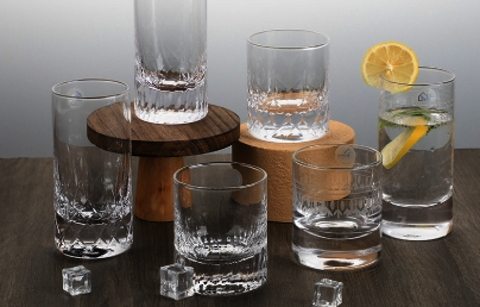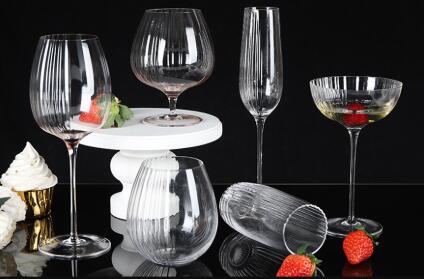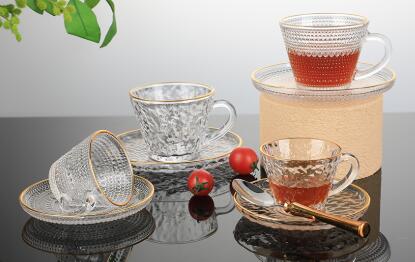Serving With Wine Glasses: Basics Tips
Pulished on Oct. 16, 2018
Alcohol is usually very easy to serve. For instance, a beer can be served by simply giving the person the can, or the bottle along with an opener. For hard alcohol, you just put it in a glass, probably add a mini umbrella and then serve it. For shooters, things haven’t been any easier; you just pour the drink in the small shot glass and hand it to the person, perhaps alongside with something to deflate the strong alcohol flavor such as a lemon, lime or a punch in the stomach.
Wine is probably one of the most difficult drinks to serve. It’s not extremely difficult to actually pour the wine into a glass, but it does require some sort of knowledge to get it right. This knowledge basically consists of knowing about the various types of glasses and the wines they were created for.
Three Types of Wine Glasses
Although there is a wide variety of wine glasses out there, made in various shapes and sizes, there are three main wine glass categories that fit all of them.
Sparkling Wine Flutes: These glasses are thin and tall, just like a wineglass that is going to the gym on a regular basis. Flutes can hold a variety of sparkling wines, one of which is champagne. Since this type of wine has carbonation, flutes keep the bubbles more active than regular glasses, and that’s one of the main reasons why they were designed in such manner. The wider glasses allow more air into the glass, therefore letting the bubbles out faster.
White Wine Glasses: You will recognize white wine glasses by their typical tulip shape. They are medium in size, and usually ranging between 8 to 10 ounces. This glass is designed specifically for the white wine, and because the rim is tapered inward, it allows the flavors to remain inside the glass for a longer period, enhancing the taste experience.
Red Wine Glasses: These are the most common wine glasses and they are usually the largest of all, ranging between 10 to 16 ounces. They resemble a fish bowl and since they are also tapered inward for the same purpose as the white wine glasses, the aroma is kept inside the glass and the taste is enhanced. Also the large size allows more of the aroma to gather up inside the glass, considering that red wines are usually more intense, therefore requiring a larger surface to develop.
Generalities
Most wine glasses are clear, letting the drinker visualize the vivid color of the wine. The glass is usually cut very thin and the top is evenly tapered. As a rule of thumb, larger glasses are not as good as smaller ones for most occasions, mainly because they manage to keep the air out for a longer period. Glasses made of crystal do not intensify the flavor although they do contribute to the overall experience of drinking wine.
Filling the Glass
Not everyone agrees over one method of filling a wine glass. Usually, it’s best to have the glass filled about half for red wine, and just a third of the glass for white wine. The reason for this is to allow the drinker to move the wine along the walls of the glass, mixing and releasing incredible flavors with the air, just to be gently smelled and enjoyed. Did you know that taste is directly connected with our ability to smell? Think about when you were sick and how your sense of smell was diminished, and how bad your ability to detect taste was. So, if you smell the wine, it will taste a lot better.
Poor your favorite glass of wine and enjoy this amazing drink in a quality wine glass! While you're doing that, be sure to check out all of our garbo glassware.
 Previous:
The Cheap vs. Expensive Mindset
Previous:
The Cheap vs. Expensive Mindset








